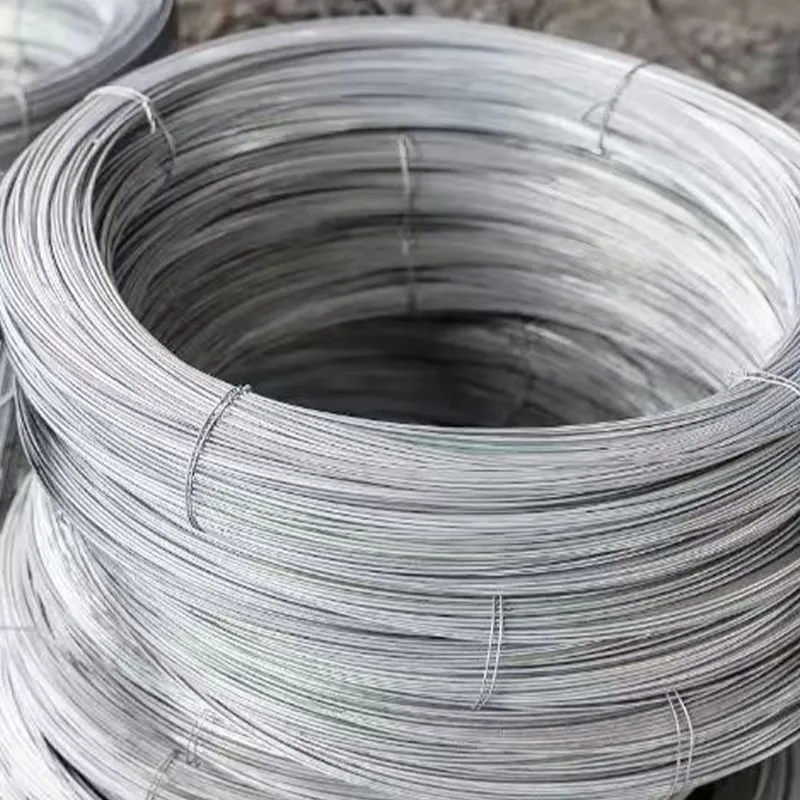-
 Phone:
Phone: -
 Email:
Email:

Hexagonal Metal Mesh - Durable and Versatile Solutions for Your Projects
Hexagonal metal mesh has emerged as a prominent material in various industries due to its unique properties and versatile applications. This structure is characterized by its hexagonal openings, which provide a combination of strength, flexibility, and lightweight characteristics that are increasingly sought after in modern design and engineering.
One of the primary advantages of hexagonal metal mesh is its structural integrity. The design allows for even distribution of stress across its surface, making it exceptionally strong despite its lightweight nature. This structural efficiency is beneficial in industries such as construction, where materials that can withstand heavy loads while minimizing weight are crucial. For instance, hexagonal metal mesh can be used for reinforcing concrete or as a functional and aesthetic façade in building designs.
In addition to structural applications, hexagonal metal mesh excels in filtration and separation processes. The uniform openings allow for efficient passage of air or fluids while retaining larger particles. This property is particularly valuable in water treatment facilities, where such meshes can act as filters to ensure that contaminants are removed from water sources. Similarly, in the food industry, hexagonal metal mesh can be utilized for sifting grains or separating unwanted materials from various products.
hexagonal metal mesh

The aesthetic appeal of hexagonal metal mesh should not be overlooked, as its unique geometric pattern can enhance the visual quality of numerous applications
. Architects and designers often incorporate this type of mesh into their projects, as it can serve as a striking design element for windbreaks, railings, or even decorative wall panels. The interplay of light and shadow created by the hexagonal openings adds depth and interest to any space, making it an attractive choice for modern designs.Moreover, hexagonal metal mesh is often made from materials such as aluminum, stainless steel, or copper, which are known for their durability and resistance to corrosion. This ensures that the mesh maintains its integrity over time, even when exposed to harsh environmental conditions. As a result, hexagonal metal mesh is suitable for both indoor and outdoor applications, from landscaping and gardening to architectural features.
In conclusion, hexagonal metal mesh represents a convergence of functionality and aesthetics. With its strength, versatility, and unique design, it has carved out a niche in diverse industries, offering both practical solutions and visual appeal. As technology advances and the demand for innovative materials grows, hexagonal metal mesh is likely to play an increasingly vital role in shaping the future of design and engineering.
-
Wire Mesh for Every Need: A Practical SolutionNewsJul.25,2025
-
Steel Fences: Durable, Secure, and Stylish OptionsNewsJul.25,2025
-
Roll Top Fencing: A Smart Solution for Safety and SecurityNewsJul.25,2025
-
Cattle Farm Fencing Solutions for Maximum SecurityNewsJul.25,2025
-
Affordable Iron Binding Wire SolutionsNewsJul.25,2025
-
Affordable Galvanized Wire SolutionsNewsJul.25,2025
-
Wire Hanger Recycling IdeasNewsJul.25,2025








